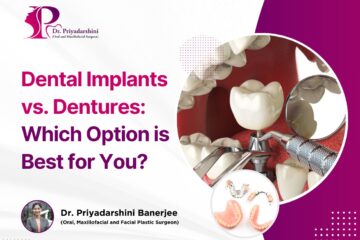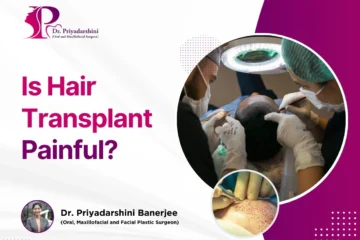Finding Comfort in Discomfort: Rhinoplasty Aftercare
Rhinoplasty, commonly known as a nose job, is a sought-after procedure for refining the shape and structure of the nose. While the desire to achieve a desired aesthetic is a significant factor, concerns about potential pain often linger. Understanding the nature of discomfort after Rhinoplasty can help individuals make informed decisions about the procedure.

Pain Perception During Surgery
Rest assured, you won’t feel any pain during the rhinoplasty itself. Anaesthesia, either general (inducing complete sleep) or local with sedation, effectively blocks nerve signals, ensuring a pain-free experience.
Post-Operative Discomfort: More Than Just Pain
While the surgery itself is painless, the recovery phase involves some degree of discomfort. It’s crucial to remember that pain perception is subjective, and what one person finds manageable might feel intense for another.
Different Techniques and Approaches in Rhinoplasty Procedures:
- Swelling and Bruising: These are the hallmarks of the initial recovery period, typically lasting a week or two. The swelling can cause a sensation of tightness or pressure around the nose and eyes. Bruising can extend to the cheeks and upper lip.
- Congestion and Difficulty Breathing: Due to swelling in the nasal passages, patients often experience a stuffy nose and have to breathe through their mouth. This can be particularly bothersome during sleep and can lead to a dry mouth and throat.
- Facial Numbness: Temporary numbness in the nose and upper lip is common due to nerve involvement during surgery.
- Headache and Earaches: Congestion and inflammation can sometimes cause pressure headaches and earaches.
Managing Discomfort: Your Comfort is a Priority
Fortunately, effective measures can significantly alleviate post-surgical discomfort:
- Pain Medication: Your surgeon will prescribe pain medication to manage any post-operative pain.
- Cold Compresses: Applying cold compresses to the area around the eyes and nose can help reduce swelling and discomfort.
- Head Elevation: Sleeping with your head elevated on extra pillows promotes better drainage and reduces swelling.
- Nasal Sprays and Saline Irrigation: These can help clear congestion and ease breathing difficulties.
Beyond Pain: Addressing Other Discomforts
While pain management is crucial, other aspects of recovery also require attention:
- Restricted Activity: Strenuous activity can increase blood pressure and potentially disrupt healing.
- Dietary Adjustments: Your surgeon might recommend avoiding certain foods and beverages initially to prevent complications.
- Emotional Adjustment: Coming to terms with facial changes and adapting to the healing process can be emotionally challenging.
Open Communication is Key
Important Considerations:
- Pain Threshold: Individual pain tolerance significantly influences the experience. While some might find the discomfort easily manageable, others might require stronger pain medication.
- Surgical Technique: Minimally invasive techniques generally result in less postoperative discomfort compared to traditional open Rhinoplasty Procedures.
- Overall Health: Underlying medical conditions can influence pain perception and healing.
Book an appointment today!
If you have any general or medical enquiry, feel free to contact us.
Healing Thousands of Life.
We are one of the best health clinics in town, with over 25 certified and qualified doctors serving the community .
Dr. Priyadarshini Banerjee is an Oral And Maxillofacial Surgeon in Koregaon Park, Pune.
Conclusion
Rhinoplasty, while not entirely painless, involves manageable post-operative discomfort. Effective pain management strategies, combined with proper care and open communication with your surgeon, ensure a comfortable recovery journey. Remember, prioritising your physical and emotional well-being throughout the process is crucial.



